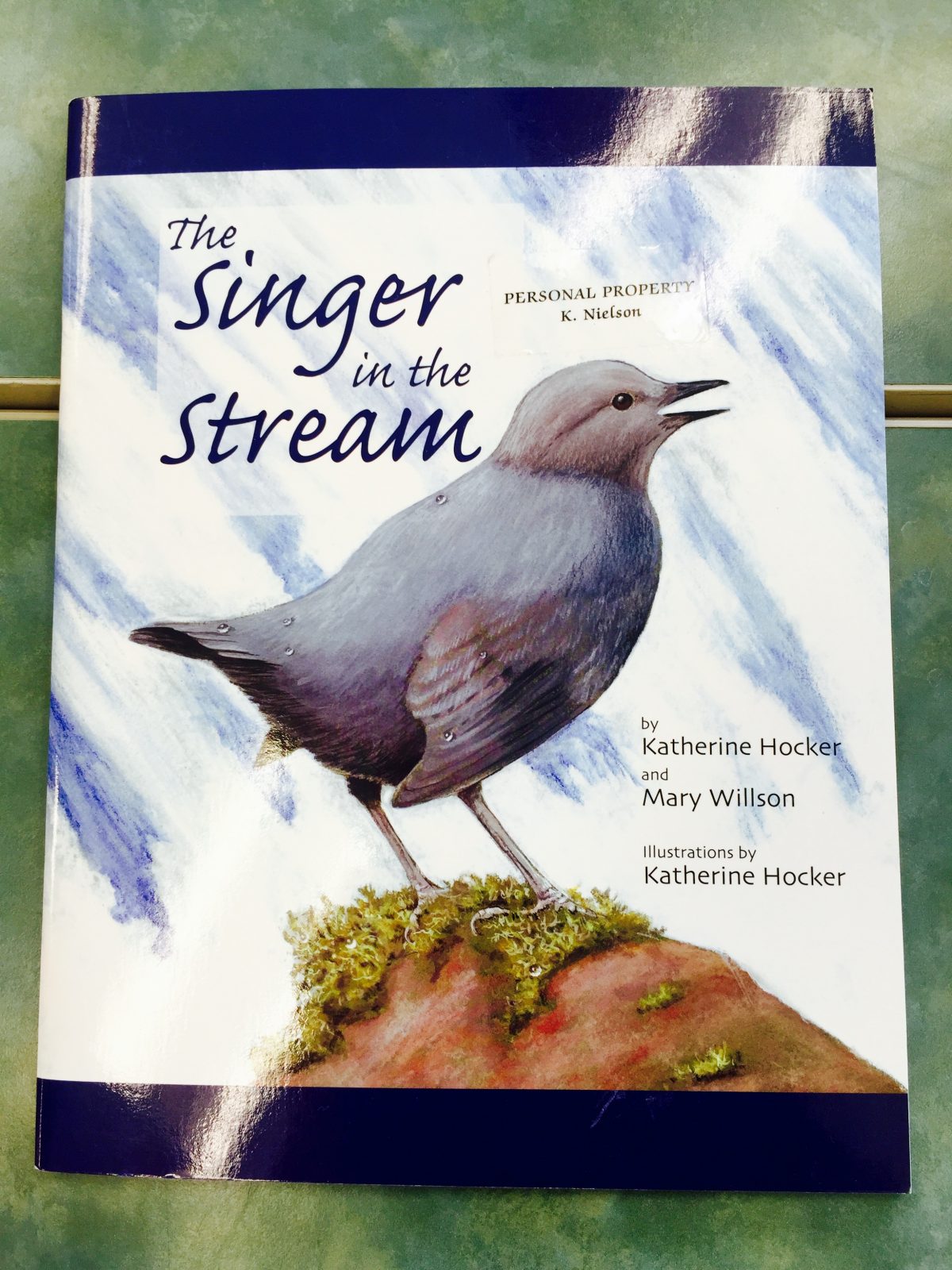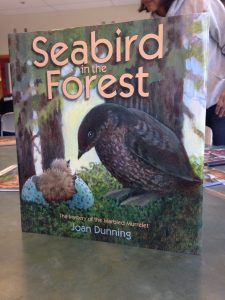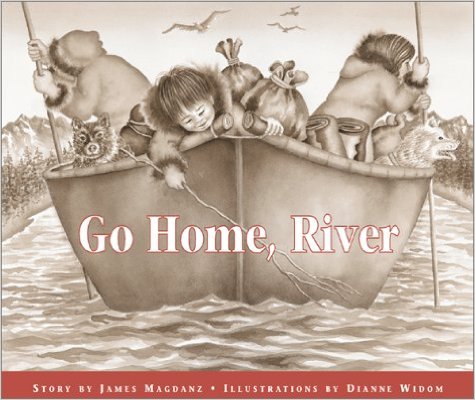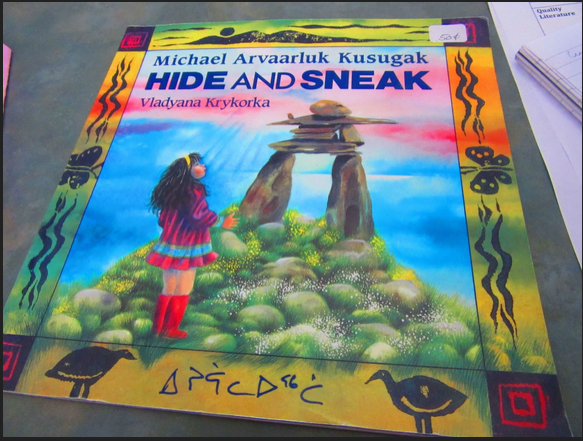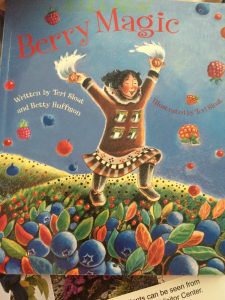I really enjoyed stepping outside my usual approach toward planning music lessons to incorporate the comfort of a children’s book in my class time. I have witnessed my former mentor teacher using books that accompanied sing-alongs and have found that there is something so pleasant about sitting around in a “story circle”, looking with giant, awe-filled eyes at the book pages while singing. It is a magical thing.
With that image in my mind, I picked up a book called The Singer in the Stream by Katherine Hocker and Mary Willson and immediately envisioned a classroom of elementary or secondary students staring at its beautiful artwork and fact-filled pages with excitement. The most exciting part to me, though, is the topic of the book. This book sheds light about the American dipper, a bird known for its long, complicated songs that can be heard over even the roar of a waterfall. The reason the dipper can produce a healthy forte sound for such a long time is because it can sing while breathing both in and out!
After reading the book with my class, I imagine us researching the dipper’s song and discussing the different aspects of the glorious music it makes. What is the pitch range? Is there a distinct rhythm or tempo to its song? Does it have a clear melody? What is the texture and tone of the bird’s voice? This study and discussion would open students’ minds to the beautiful sounds of nature we so often tune out.
This could lead to a great outdoor activity where we retreat in nature and listen for sounds that could easily be missed if one were not truly listening. Students can describe every sound they hear and collect audio samples of them. This can turn into a great musical composition assignment that could be an individual, small group, or whole-class project.
I love how this book goes across to another subject area- reading and science- and also encourages observations of the world around us- after all, that is what inspires us to make and create music!
